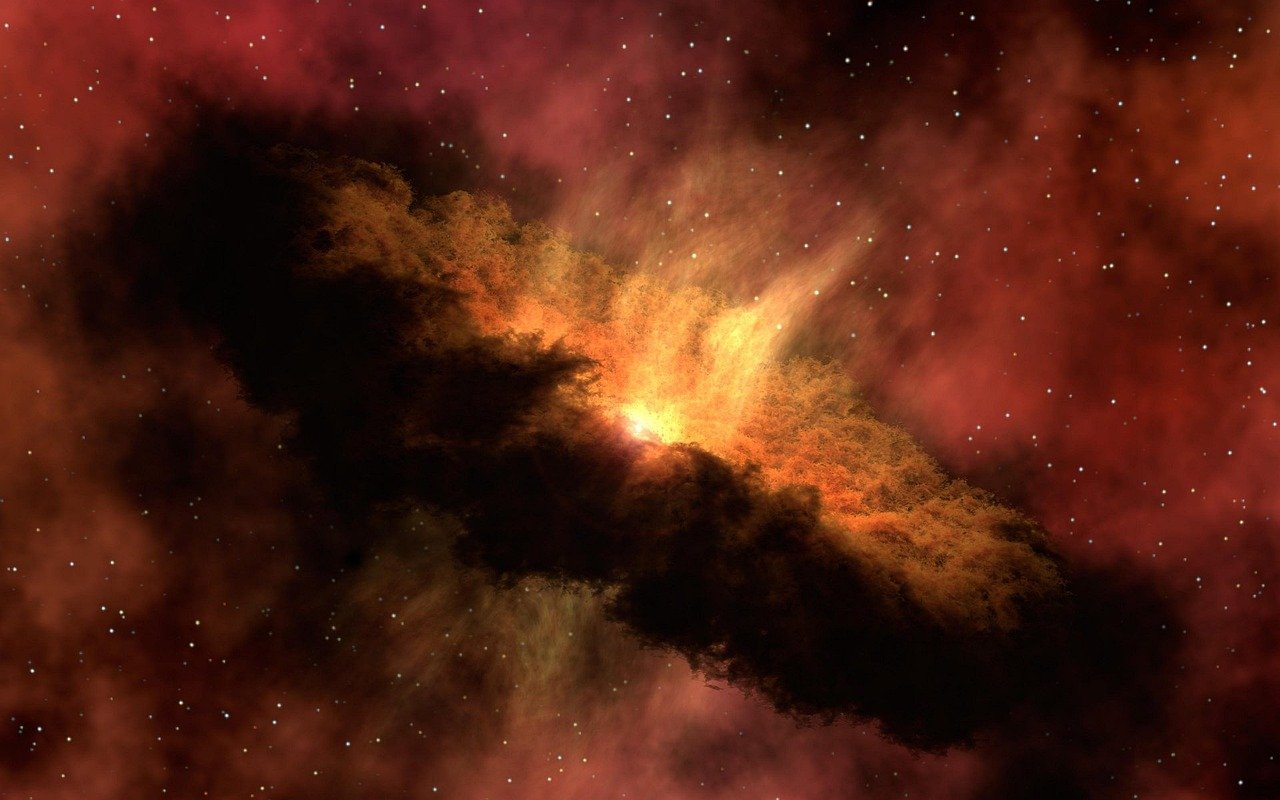The ongoing mystery of the universe’s rapid expansion has reached a critical point, challenging long-held cosmological models.
Key Points at a Glance
- New measurements confirm the universe is expanding faster than theoretical predictions, intensifying the Hubble tension.
- The Hubble constant was recalibrated using data from the Coma Cluster, yielding a value of 76.5 km per second per megaparsec.
- This discrepancy suggests that current cosmological models might need significant revisions.
- The findings emphasize the need for new approaches to understanding the universe’s evolution.
The Hubble tension, a long-debated discrepancy between the observed rate of the universe’s expansion and theoretical predictions, has reached a new level of urgency. Recent research led by Dan Scolnic, an associate professor of physics at Duke University, has confirmed that the universe is expanding faster than physics currently explains.
“The tension now turns into a crisis,” says Scolnic, underscoring the gravity of these findings.
The problem dates back to 1929, when Edwin Hubble first discovered that the universe was expanding. By observing light from distant galaxies, physicists can estimate how the universe has grown since the Big Bang. However, the observed expansion rate does not align with the predictions of the standard model of cosmology—the theoretical framework used to describe the universe’s evolution.
“This is saying, to some respect, that our model of cosmology might be broken,” Scolnic explains.
Scolnic’s team tackled the problem by refining the “cosmic distance ladder”—a method used to measure distances in space. Each “rung” of the ladder depends on the calibration of the previous one, creating a cascading effect of precision.
A recent breakthrough came from the Dark Energy Spectroscopic Instrument (DESI), which observes over 100,000 galaxies nightly from the Kitt Peak National Observatory in Arizona, USA. While DESI’s measurements were extensive, they lacked a crucial starting point: the first rung.
Scolnic’s team filled this gap by focusing on the Coma Cluster, one of the nearest galaxy clusters, located approximately 320 million light-years from Earth—more than 3,000 times the diameter of the Milky Way. By incorporating this data, the team recalibrated the Hubble constant to 76.5 km per second per megaparsec. This means the universe is expanding 76.5 kilometers faster every second for every 3.26 million light-years of distance.
While the new value aligns with other observational measurements, it remains at odds with theoretical predictions based on the standard model. This gap has profound implications for our understanding of the universe.
“We’re at a point where we’re pressing really hard against the models we’ve been using for two and a half decades, and we’re seeing that things aren’t matching up,” says Scolnic. “This may be reshaping how we think about the Universe, and it’s exciting! There are still surprises left in cosmology, and who knows what discoveries will come next?”
The “Hubble tension” is no longer a minor inconsistency but a significant challenge to established scientific theories. Scientists are now grappling with the possibility that the universe’s evolution might involve factors beyond those currently understood—whether dark energy, unknown particles, or entirely new physics.
This latest research underscores the need for innovative approaches to cosmology. With tools like DESI and upcoming missions, researchers aim to uncover more precise measurements and explore uncharted aspects of the universe.
“The discrepancies we see might hold the key to unlocking deeper truths about the cosmos,” says Scolnic. As the universe continues to expand faster than expected, the quest for answers promises to redefine our understanding of existence itself.
